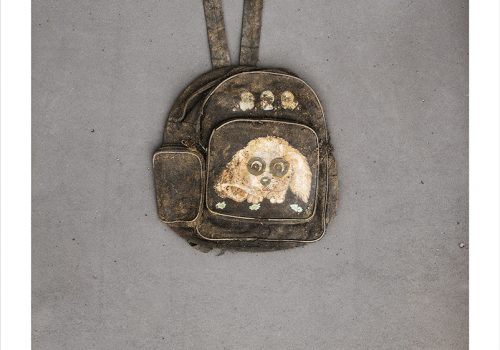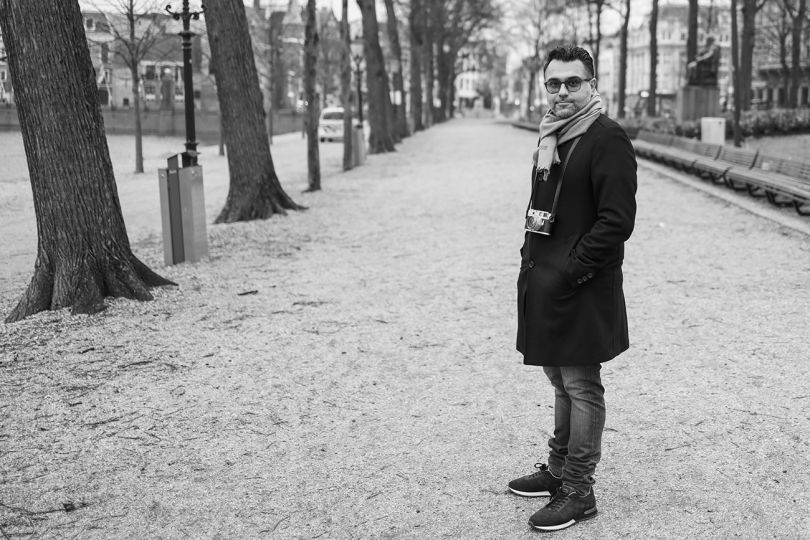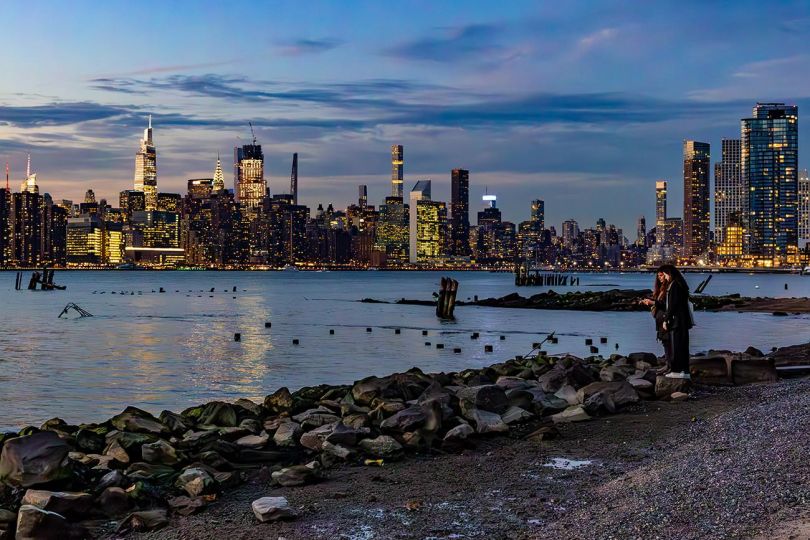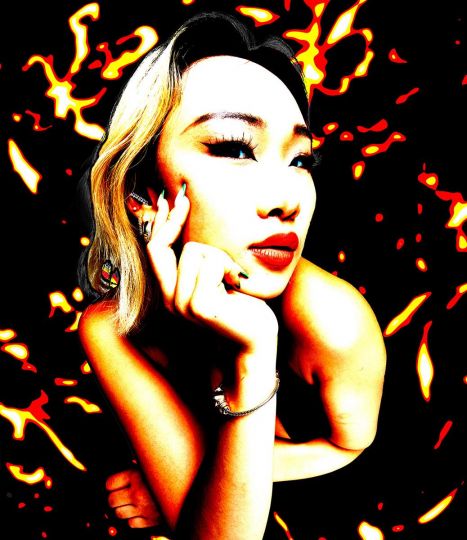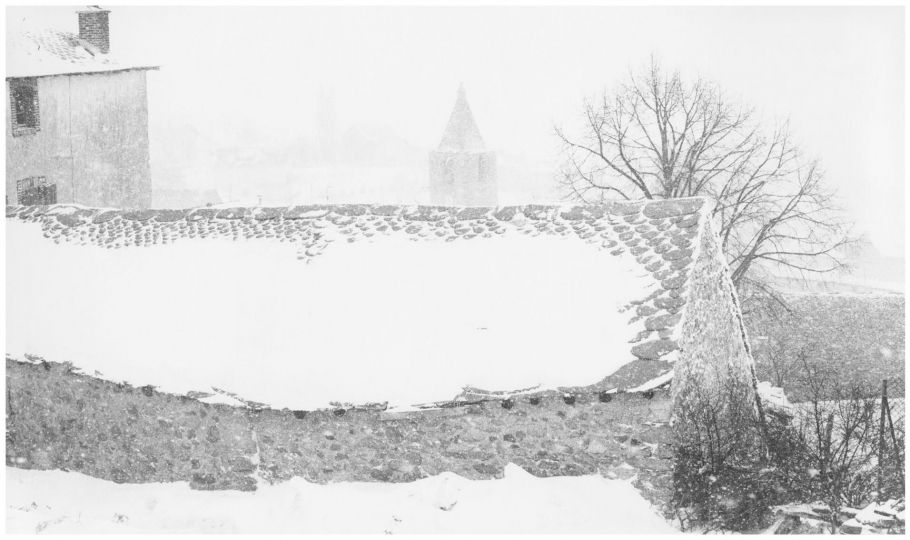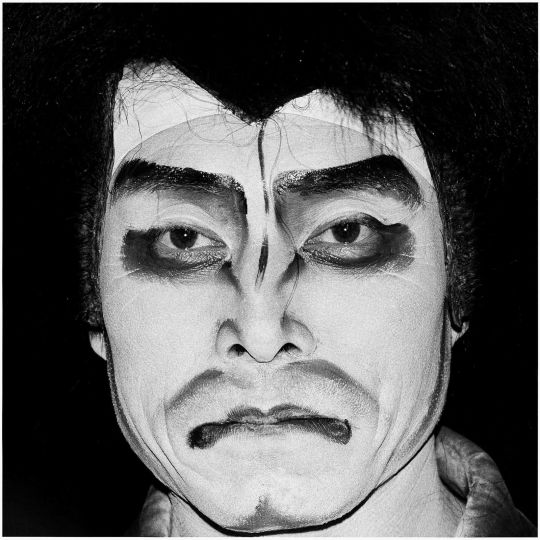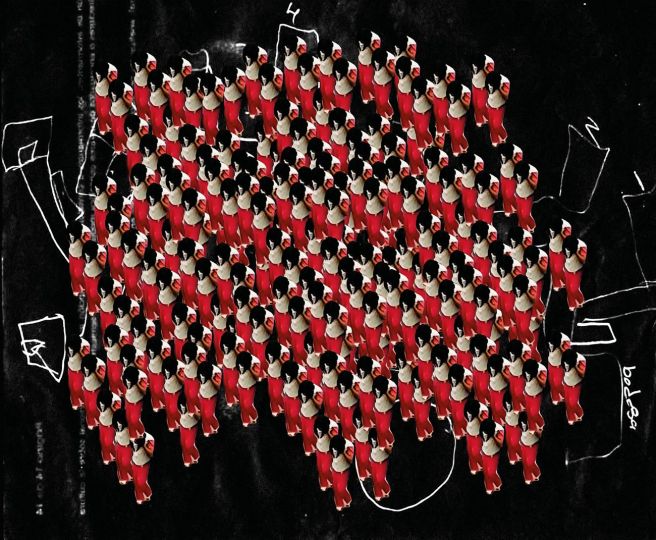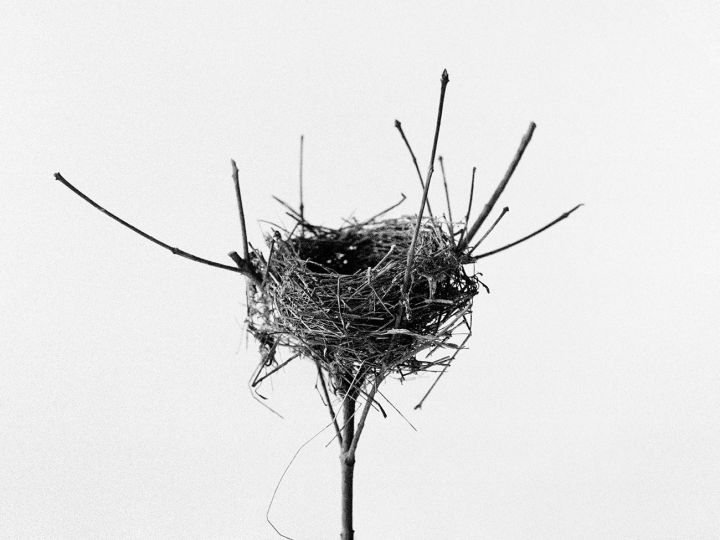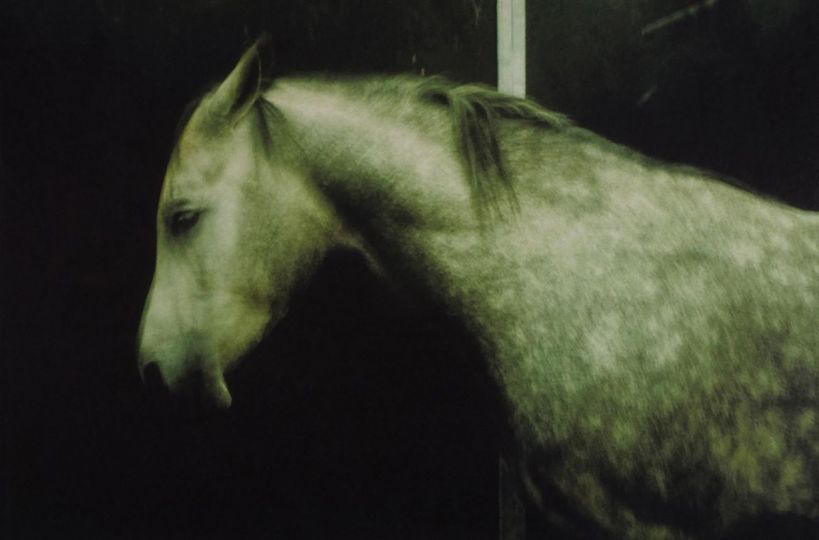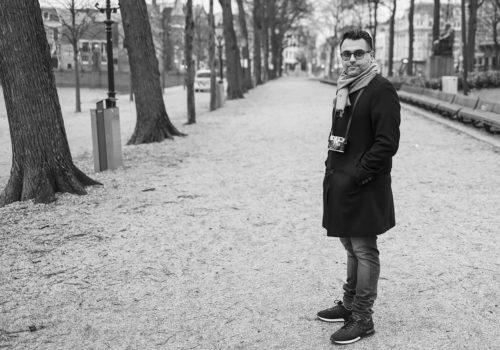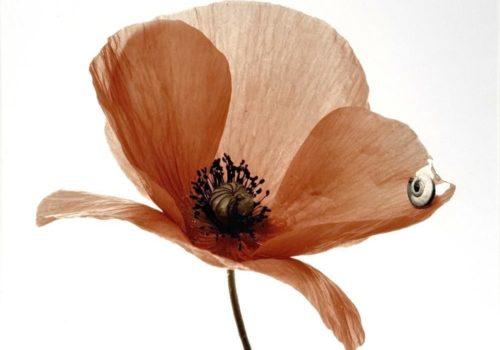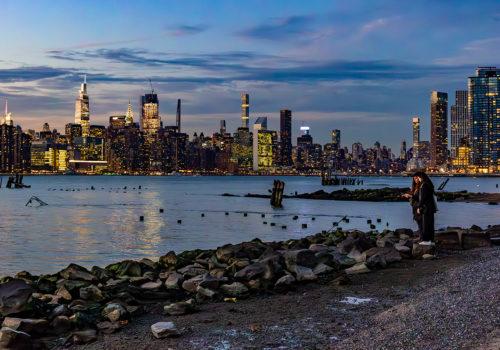The exhibtion, The Day I Became Another Genocide Victim, was scheduled to open on April 7, 2020 at The Holocaust and Genocide Centre in Johannesburg, South Africa, to commemorate the anniversary of the genocide in Rwanda. As a result of COVID-19 the exhibition has been cancelled. Now, more than ever, we need to remind one another of the threats to humanity, often inflicted by our own hand. The current global situation is one. The crime of genocide is another.
The Day I Became Another Genocide Victim is a series of posthumous portraits of victims of the genocide in Rwanda, as imagined through their recovered personal possessions, photographed at Kabuga Village, Rwanda in May and November 2018. I photographed these items, worn by genocide victims on the last day of their lives, as they were taken from the ground at newly discovered mass graves, almost 25 years after the genocide. In total, remains of over 84,000 people were recovered at the site.

